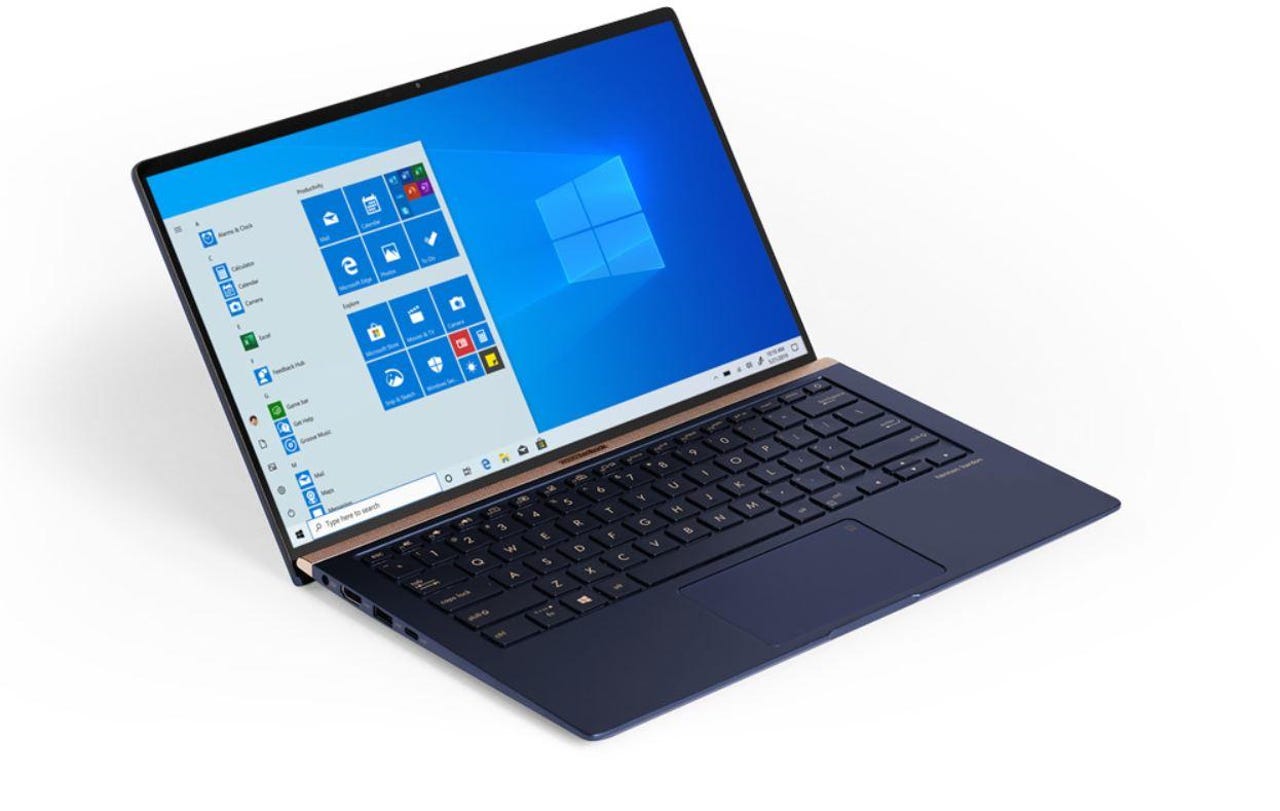Reading the tea leaves around Windows PCs and the pandemic


Microsoft posted strong results for its first fiscal 2021 quarter with $37.2 billion in revenues and $13.9 billion in earnings. Microsoft's "commercial cloud" metric hit $15.2 billion, up 31% year-over-year. However, its Windows OEM Pro business was off, even more than it was in its Q4 FY'20, while its consumer PC business was up.
Wasn't the COVID-19 coronavirus pandemic -- with so many working and learning from home -- supposedly providing a resurgence for the PC? It turns out things aren't that simple.
ZDNET Recommends
Microsoft's "More Personal Computing" business segment includes Windows, Surface, Xbox/gaming and search advertising. In Q1 FY'21, that unit posted revenues of $11.85 billion, up 6% from the year-ago quarter, but down from Q'4 FY'20's $12.91 billion. Surface and Xbox/gaming were strong in the quarter and search/advertising losses were less than previous quarters. Windows OEM Pro dragged down the rest of the group for Q1.
OEM non-Pro (consumer/retail) revenue for the quarter was up 31% from the year-ago quarter. As Microsoft officials noted last quarter, this is due to a combination of more people buying PCs for home and education use during the pandemic. But OEM Pro revenue was down 22% for the quarter.
Why wouldn't the same "people need PCs more than ever" logic apply for businesses whose employees are working remotely?
Microsoft Chief Financial Officer Amy Hood said during the October 27 earnings call for the quarter that the Windows OEM Pro business was impacted by lower business demand for both Windows commercial products and cloud services in general. The security services that are part of Microsoft 365 were a bright spot, Hood said, but there were fewer multi-year agreements with higher in-quarter revenue recognition; continued transactional weakness. In the year ago quarter, the Windows Pro business also benefited from the end of support for Windows 7, which is less of a factor now. And, as was the case in the last quarter. some small-and-midsize business customers may be buying PCs through retail channels, which would show up in the non-Pro column, officials conceded.
Mike Spencer, General Manager of Investor Relations, told me the lower Windows OEM Pro demand also was due to "larger enterprise customers prioritizing their hardware spend on servers and things like that." Microsoft still believes there are a number of five-year-old (or even older) PCs being used by businesses that "still need refreshing," Spencer said. But for businesses, that's not top-of-mind right now.
Hood said during her remarks on outlook that Microsoft expects another strong OEM non-Pro Windows quarter for Q2 FY'21, which runs from October to December 2020. Microsoft has a number of new Surface PCs and its Windows partners have announced a number of new machines for the holiday 2020 season. But Hood said she expects OEM Pro will again be impacted by lower commercial demand in Q2.
Microsoft isn't the only company conceding that business demand is off in some areas. In its third-quarter earnings announcement earlier this week, SAP announced that it was seeing several industries with investment delays, impacting its transactional business and an accelerated decline of on-premises spend. Those trends are leading SAP to accelerate its cloud shift. That's why even though Microsoft CEO Satya Nadella said the company is "doubling down" on Windows, the company's cloud and subscription businesses are where the bigger focus is.